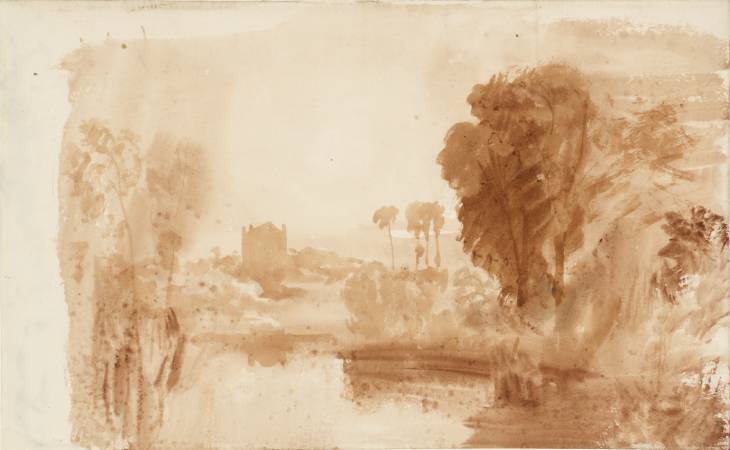Exhibition history
References
How to cite
Matthew Imms, ‘A Stream or Pond with a House on its Distant Bank c.1807–19 by Joseph Mallord William Turner’, catalogue entry, May 2006, in David Blayney Brown (ed.), J.M.W. Turner: Sketchbooks, Drawings and Watercolours, Tate Research Publication, December 2012, https://www

